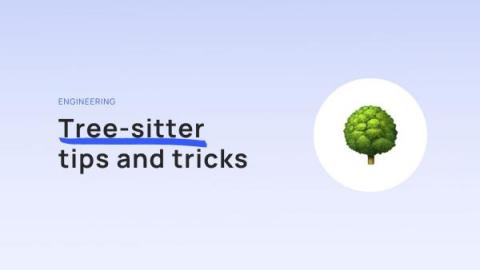Security | Threat Detection | Cyberattacks | DevSecOps | Compliance
Latest News
Hop-by-Hop Visibility
Time is money, especially when it comes to the cloud. Fast resolution of performance issues is a must to ensure business continuity and positive customer experiences. But your network and security teams can’t start working with cloud providers to resolve issues if they’re stymied by blind spots in their efforts to prove network innocence. Every company with a hybrid multi-cloud environment has struggled with visibility in the cloud.
Lookout Helps a Large Construction Firm Protect Intellectual Property Shared Between Employees, Partners and Contractors
Large construction firms rely on a vast network of architects, engineers, project managers, contractors, and suppliers to collaborate on projects of all sizes and complexities. While the digitization of the construction industry has made it easier for these project teams to share information, it also expands the cyber-attack surface.
Casino Cybersecurity: A Winning Bet
Testing OWASP's Top 10 API Security Vulnerabilities (Part 1)
Application Programming Interface (API) attacks are set to become one of the most prevalent cyberattacks with a broad target range. By nature, APIs expose application logic and sensitive data such as personally identifiable information (PII), causing APIs to become a target for attackers. In 2019, Gartner predicted that API hacks would become the most common form of cyberattacks in 2022. So how can teams stay ahead of API attacks?
Why MDR is Your Most Important Security Investment
The cybersecurity threat landscape is continuously evolving, with the frequency and impacts of threats like malware and ransomware increasing every year. Today, organizations of all sizes and in every industry sector must be proactively searching for emerging threats and actively monitoring risk to protect themselves – and respond quickly in the event that a threat is identified.
The No-Cost Way to Level Up Your Cybersecurity Posture
In recent weeks President Biden issued a statement encouraging organizations to level up their cyber defenses in what he called “a critical moment to improve domestic cybersecurity and bolster national resilience.” The following week, the federal budget proposal for FY2023 was released with a nearly $11 billion line item for cybersecurity measures.
Tips for using tree sitter queries
When it comes to use cases like quick code formatting and syntax highlighting across many languages, tree-sitter is an excellent tool. But it does so much more than that. At Bearer, we use it as the base for our static code analysis feature. In this article we’ll look at tree sitter, how to use it, and how to avoid some of mistakes we made when implementing it. This should help you in making the decision if tree sitter is a good choice for your use case.
5 Ways to Illuminate Your Attack Surface Blind Spots
How well do you know your organization’s attack surface? Chances are, you don’t know it as well as you think you do. According to a recent report, 2 out of 3 organizations say their external attack surface has expanded in the past 12 months, but that does not mean they’ve been keeping track of it.
What Is the Role of Incident Response in ICS Security?
In recent years, cyber espionage has been growing in magnitude and complexity. One of the most common targets is Industrial Control Systems (ICS) within critical infrastructure sectors. With many organizations relying more heavily on ICS networks, there has been an increase in threats and cyberattacks aimed at these systems. Not only do these attacks have an economic impact, but they also put national security at risk.











